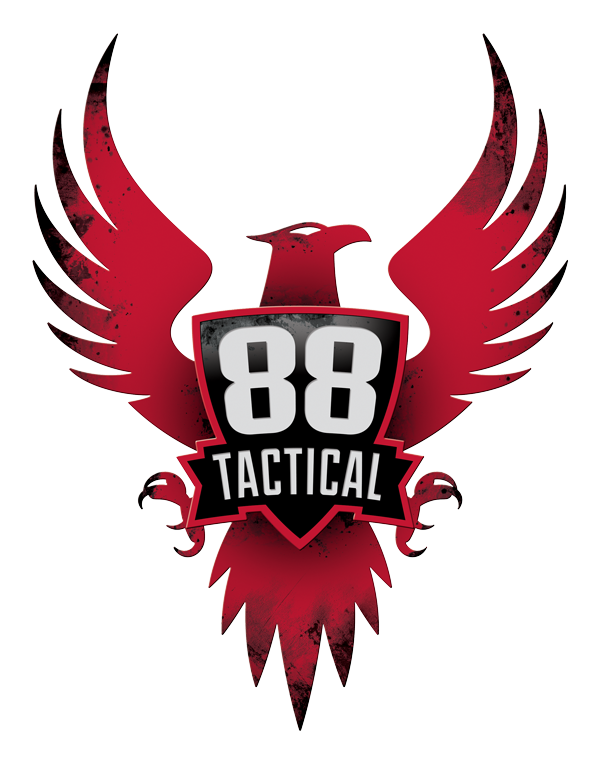By: Trevor Thrasher, Senior Instructor & Curriculum Manager
When it comes to Close Quarters Battle (CQB), you would be better off doing the exact opposite of what you’ve been taught.
What is High Threat CQB?
High Threat CQB isn’t simply a set of tactics, it’s a complete system for searching and building/room entry.
The High Threat CQB system was developed because I noticed a massive training disconnect between what I was asked to do in training, and what really occurred in the real world.
Officers often get a lot of training based on theory and not on reality or human behavior. As a result, when they find themselves in a real threatening situation, they eject what they’ve been taught and have to either improvise, or they fail to execute anything that would keep them or the suspect most safe. The High Threat CQB system takes a common-sense approach by working with, not against, operators’ survival instincts and intuitions.
High Threat CQB Class – What to Expect
- Practice against people, not just paper
We start in a classroom where we study human behavior and evaluate videos of real-world encounters. We then go to individual skills – how to maneuver with a weapon safely, how to maneuver safely around teammates in a CQB environment. Then we move on to simple tactics like how to use cover, how to take a corner, and how to work with a partner to clear a room or structure in a CQB environment.
We then move on to force-on-force drills, where we work against human opponents. And that’s really where this system is proven – it’s not proven on how you shoot against paper, we put you under duress, we make you make real-world decisions against human actors – that’s where the methodology is proven.
A Flexible Limited-Penetration Methodology
- Situation-based tactics – combines limited penetration and aggressive entry/maneuver as needed
What we use primarily is a limited-penetration methodology. But it’s a very flexible limited-penetration methodology. When we need to, we can enter quickly. When we need to have aggression, we can have aggression. When we need to pull back and show some tactical patience, we’re able to do that on the fly in a very behavioral manner.
The limited-penetration methodology is used because, quite simply, the last place you want to be is in close confines in a suspect who may be armed with a knife or gun. So, we prefer to address those people from a greater distance, from a greater position of safety. A better position allows us to make better decisions, and if needed, it gives us more precision.
Why Use High Threat CQB?
- Flexible, adaptable, and scalable – applicable to single officers or teams at varying speeds (deliberate – dynamic – rescue)
- Behaviorally compliant – easier to train and retain under duress
- Tactical advantage and reduced liability – better positioning allows for better decision-making, decreasing the risk of officers being forced into a shooting situation when none is required
The system is very flexible and adaptable, from a patrol officer answering an alarm call to a tactical team serving a high threat warrant, it’s all the same techniques. There are just slight modifications. High Threat CQB is currently in use as the primary method of numerous large departments, federal teams, state-level basic training academies, tactical training organizations, and military specialized units.
If you’re interested in learning more about High Threat CQB – a system that’s behaviorally compliant, a system that gives you a tactical advantage, more safety, more survivability and reduces liability, then contact us.



